“I’ve spent the last 40 years of my photographic career investigating movement and its expressive potential.
My inspiration has always been photography’s ability to stop time and reveal what the naked eye cannot see. What intrigues me is making images that confound and confuse the viewer, but that the viewer knows, or suspects, really happened. The ostensible subject of my photographs may be motion, but the subtext is time.
A dancer’s movements illustrate the passage of time, giving it substance, materiality, and space. In my photographs, time is stopped, a split second becomes an eternity, and an ephemeral moment is solid as sculpture. My interest in photography is not to capture an image I see or even have in my mind but to explore the potential of moments I can only begin to imagine.” -Lois Greenfield
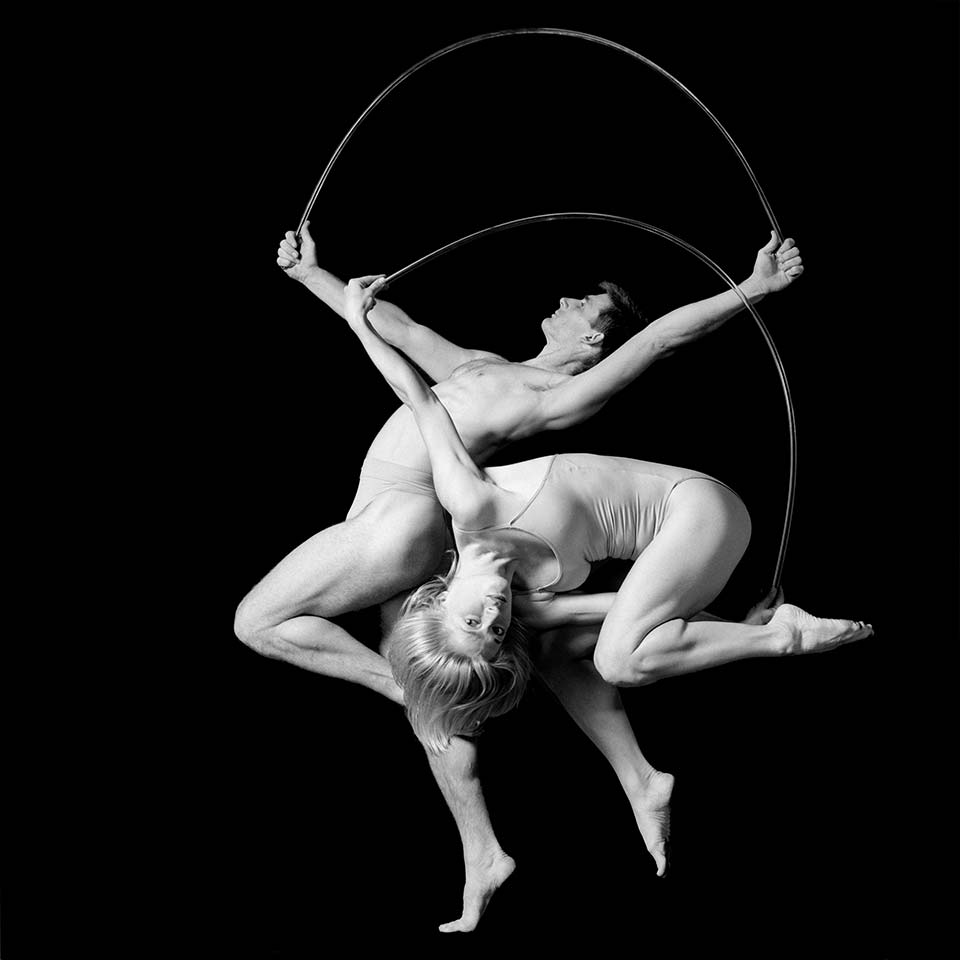
Lois Greenfield © All rights reserved.
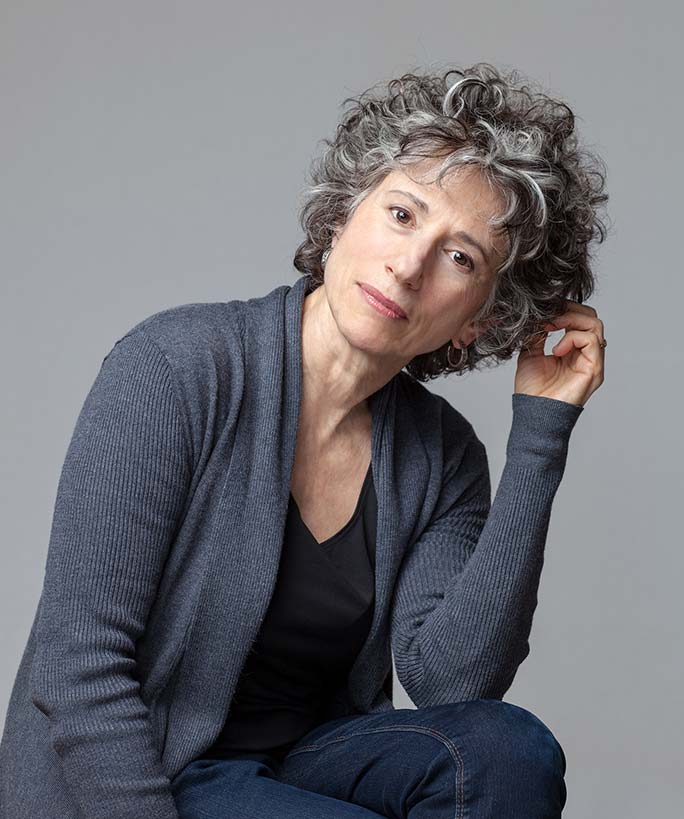
Lois Greenfield began her career as a photojournalist but was drawn to the graphic potential of dance.
She covered the experimental dance scene for the Village Voice from 1973 to the mid-’90s. Her unique approach to photographing the human form in motion has radically redefined the genre and influenced a generation of photographers.
Lois has created signature images for contemporary dance and ballet companies, from Alvin Ailey American Dance Theater to American Ballet Theatre. Many of these photos have appeared in her two bestselling books- Breaking Bounds, 1992, and Airborne, 1998, both published by the Thames and Hudson LTD, UK and Chronicle Books US.
Her latest book, Lois Greenfield: Moving Still, from the same publishers, was released in 2015, and the accompanying exhibit has been on tour within the US and to Russia, China, and Colombia.
Commercial clients have picked up on the metaphorical potential of her vision, creating ads and campaigns for clients including Disney, Orangina, Proctor & Gamble, Pepsi, AT&T, Sony, Hanes, Raymond Weil, and Rolex.
Since her first show at New York City’s International Center of Photography in 1992, her work has been exhibited in many museums and galleries, such as the Tel Aviv Art Museum, Israel; the Venice Biennale, Italy; the Musée de l’Elysée, Switzerland; the Erarta Contemporary Art Museum, Russia; and the Southeast Museum of Photography, Florida.
Lois has been fascinated by non-traditional forms of photographic presentation. Invited to participate in “Le Printemps de Cahors” in France in 1994, she projected her images onto a 30-foot-high water screen in the Lot River. Set against the night sky, the water turned her crystal sharp photographs back into ephemeral moments, making the live experience seem like a product of the imagination.
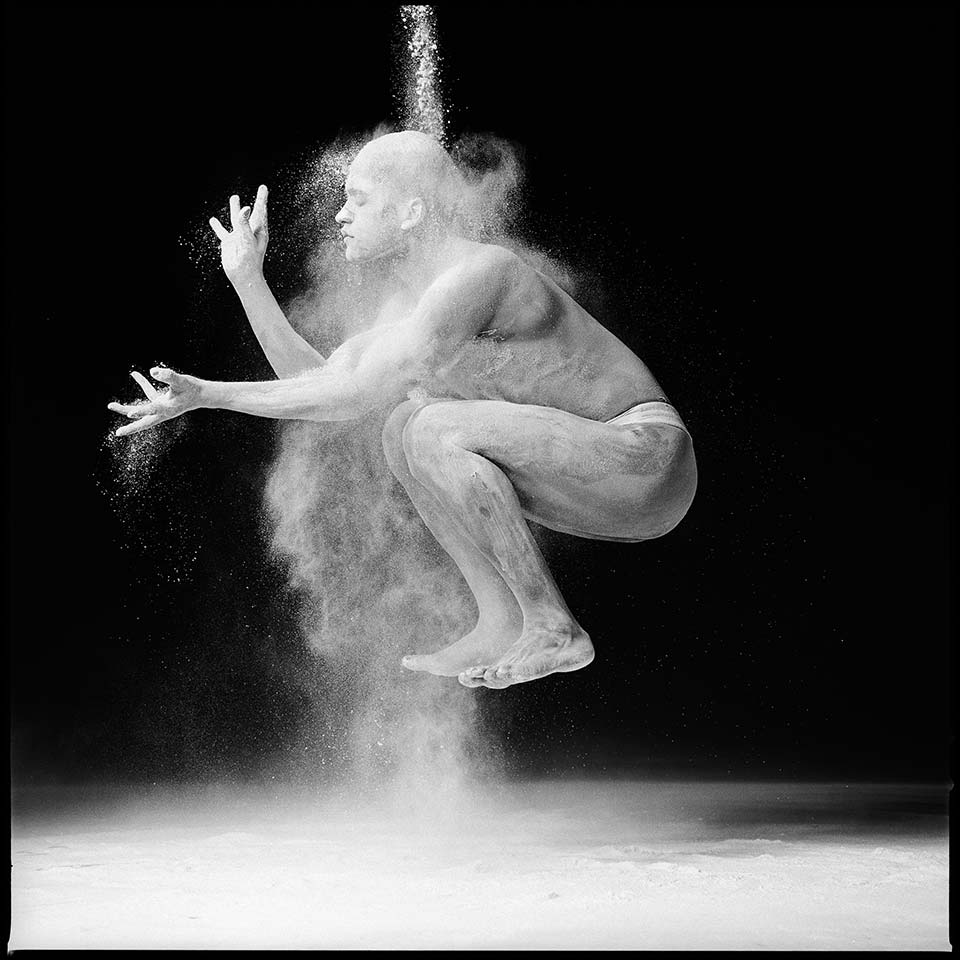
Lois Greenfield © All rights reserved.
Lois also pioneered the use of live photography as an integral part of a dance performance. She collaborated from 2003 to 2007 with the Australian Dance Theatre on HELD, a dance inspired by her photography. Lois was onstage shooting the live-action, and her images were projected in real-time as part of the performance. This award-winning dance was performed to sold-out audiences around the world, from the Sydney Opera House to Sadler’s Wells in London, the Joyce Theater in NYC, to Theatre de la Ville, Paris.
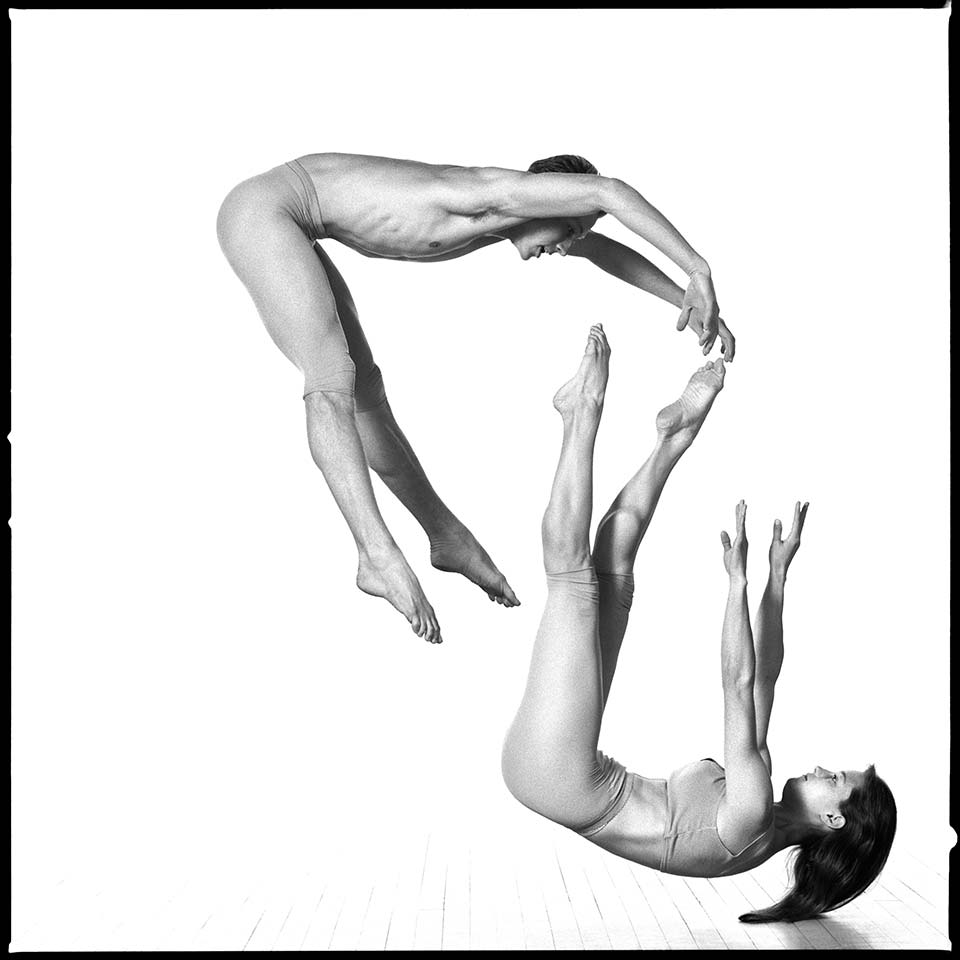
Lois Greenfield © All rights reserved.
In 2014/2015, Lois was an Artist in Residence at NYU/Tisch Department of Dance and New Media. In 2015, she was honored with the Dance in Focus award given by the Film Society of Lincoln Center and the Dance Films Association, and in 2016 she received a lifetime achievement award from The McCallum Theatre Institute in recognition of her ground-breaking contributions to the field. In February 2022, she will be the keynote speaker at Pas De Deux Photography Conference, the only conference and professional organization dedicated to bringing together and educating dance photographers.
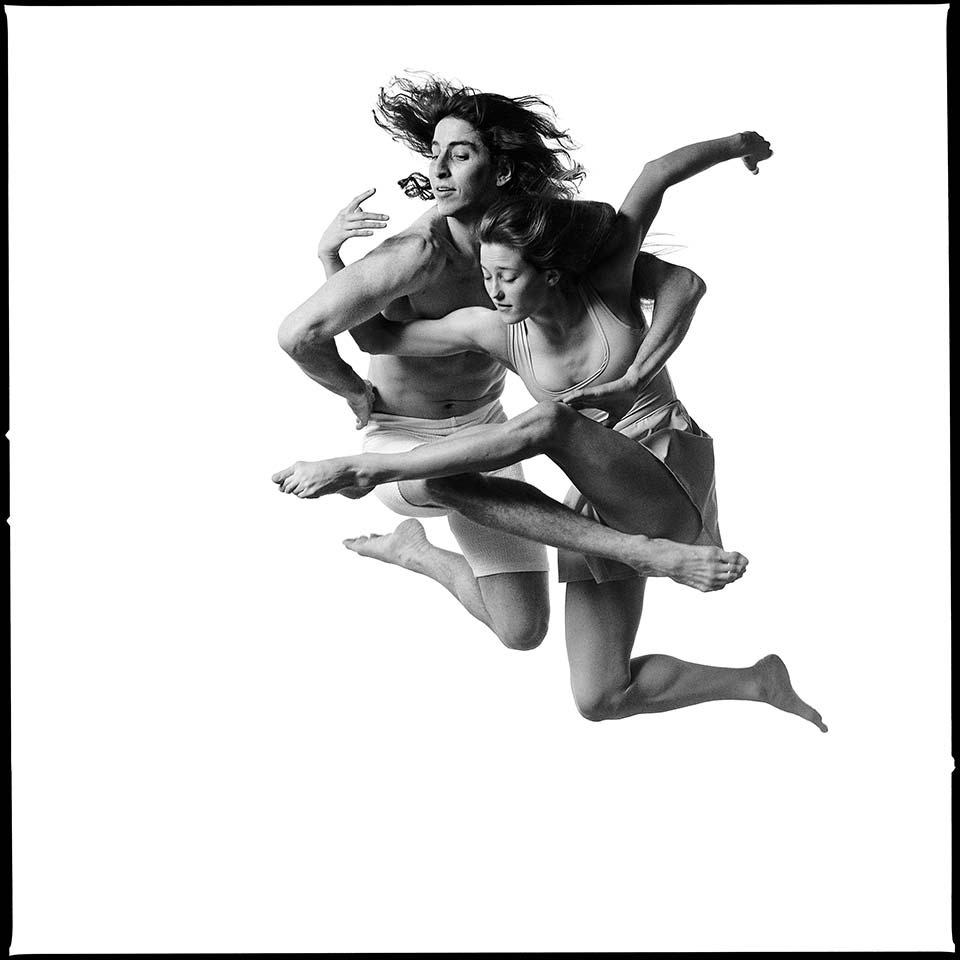
Lois Greenfield © All rights reserved.
“I prefer to work outside the constraints of choreography, collaborating with dancers on improvised, non-repeatable, often high-risk moments. I am exploring the poetics of a visual language rather than in its literalness.
I want my images to defy rational explanations. There is no “solution” to the questions posed by my photographs- they are meant to frame contradictions, present the impossible, and find coherence within chaos. All my pictures are taken as a single image, in-camera photographs. I never recombine or rearrange the figures within my images. Their veracity as documents gives the photographs their mystery, and the surrealism of the imagery comes from the fact that our brains don’t register split seconds of movement.” -Lois Greenfield
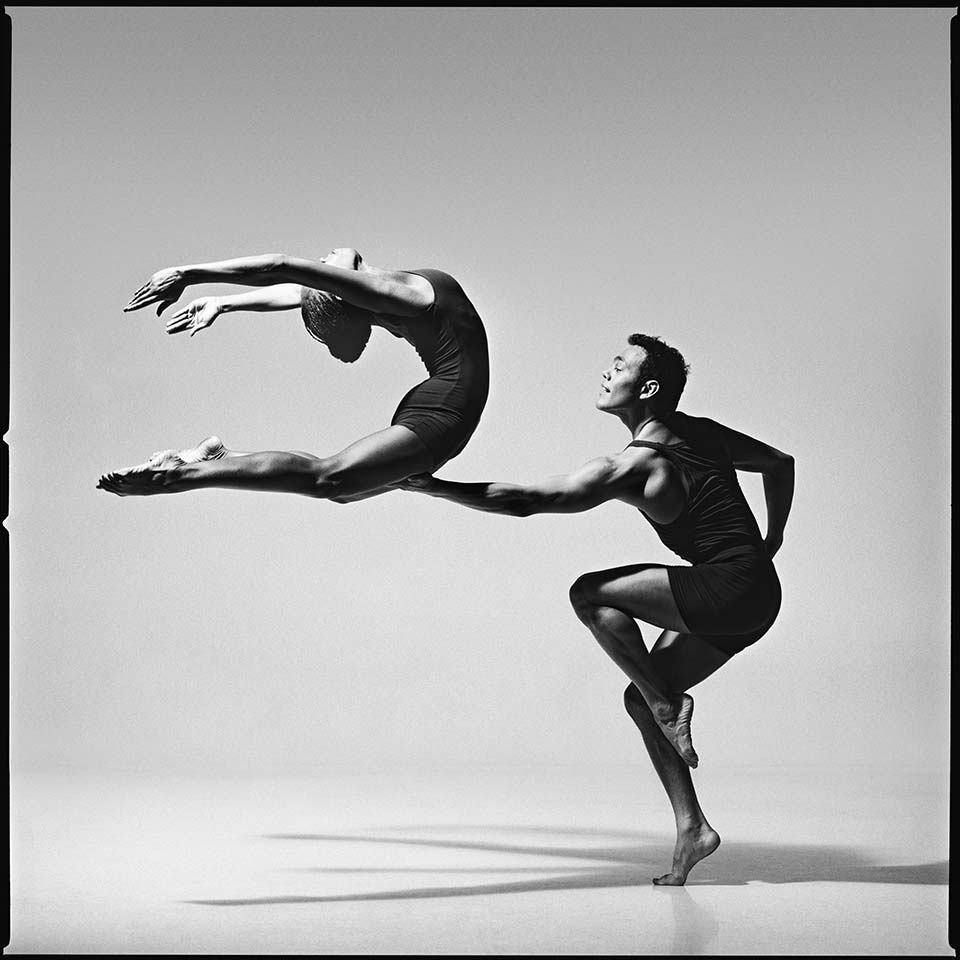
Lois Greenfield © All rights reserved.

